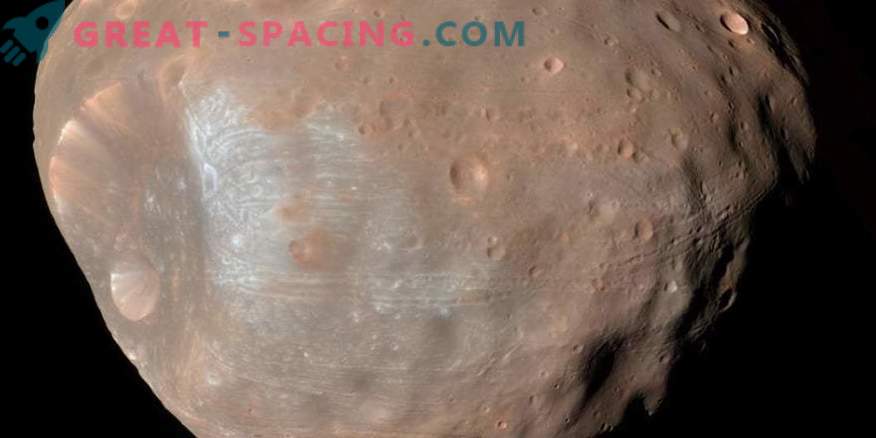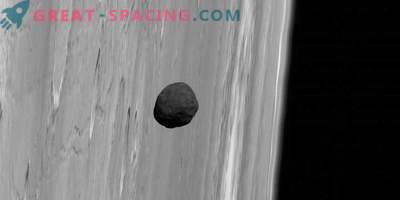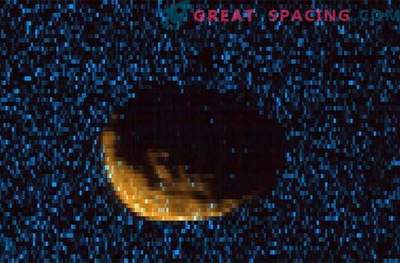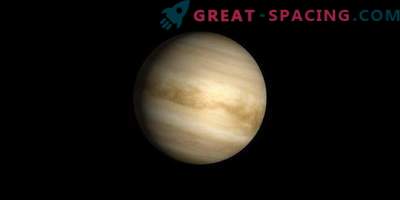
A new study indicates that bizarre grooves on the surface of a tiny Martian satellite Phobos formed after impact
Researchers believe that the strange linear grooves on the surface of the satellite of Mars Phobos appeared because of a large-scale impact. This event created the most famous feature of the satellite - the 9 km Stikney crater, which occupies 1/3 of the moon's width.
The reason for the formation of grooves on the satellite was discussed for about 40 years. Two small moons, Phobos and Deimos, rotate around Mars, which could be pulled to the planet from a nearby asteroid belt.
The parallel furrows of Phobos were first noticed in the 1970s. during the missions of Mariner and Viking NASA. Over the past decades, researchers have put forward many hypotheses explaining the origin. For example, it was believed that they could be cut out by material blown up from Mars after a collision. Or is it a hint that the gravity of the Red Planet literally breaks a small satellite (Phobos rotates in orbit at a distance of 9376 km from Mars). Rolling boulders for the first time after the creation of the crater Stickney called the cause of the formation of grooves in the 1970s This was done by researchers Lionel Wilson and Jim Head. In the new work, scientists used computer models to simulate how garbage ejected from the Stickney crater could move across the surface of a satellite.
The findings support the idea of moving boulders. For example, in the simulation, the rocks activated by the explosion of the crater tended to move along parallel paths, creating patterns of grooves. In addition, some simulated boulders traveled around Phobos, affecting each other’s “routes”.
It is also surprising that there is a “dead spot” of Phobos, devoid of furrows. But the model also explains this moment: a dead spot — an area with a low height that goes beyond the limits of the motion of the boulders. That is, this deepening interrupts their routes.











































